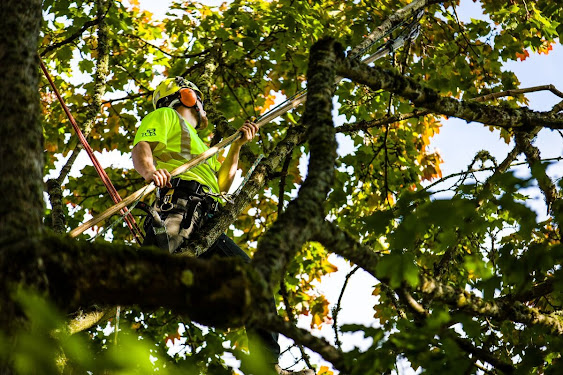Symptoms of dying tree
You can save a sick tree, but a dead tree can be a risk for your home and family.
Trees offer you precious assets of your place. They present aesthetics with shade and shelter for wildlife and other plants. Sometimes the tree is dying, with its leaves turning brown in the summer or branches riddled with holes from wood-boring pests. But it is not always clear that when trees are in poor health, which can make it challenging to address, especially when a dead or dying tree located near a building or home. Broken limbs from a dying tree can because injuries to the family member, pets and people around you so, that they need proper care and repair with a professional arborist.
Here are the symptoms that help you to determine the health of your tree.
- Few healthy leaves left
Look at the branches that lack lush green leaves for deciduous trees and show only brittle and brown leaves during the growing season. Also, they will have dead leaves still clinging well into the winter rather than dropping to the ground. Coniferous evergreens will start to show brown, red, or yellow needles or leaves when dying or stressed.
- Brittle and brown bark or cracks
The bark of dying becomes loose and starts to fall off any dying tree. Also, the tree may have missing bark and vertical cracks. Check out the deep splits in the bark that extend into the tree's wood or internal or external cavities. Gaps mostly create a weakness that can cause damage in storms or other weather events.
- Host to fungus and critters
Pests like carpenter ants and bark beetles live in trees under stress or are in the process of dying. These pests favour living in weakened, dead, or dying hosts. As for bacterial or fungal infections, look for cankers (discoloured depressed places or areas on the bark) or mushrooms growing on the ground at the tree's base or on the tree itself. That shows it rot in the trunk or roots. "In time, decay will extend more in the tree, increase the structural problems.
- Shows signs of root damage
Since roots run deep underground, determine the damage is not always easily visible. If you have had recent construction or excavation projects near the tree. Check out if any changes in the tree's health since that time might suggest damaging the roots in the process if your tree has a shallow and partially exposed root system. Pay attention to subtle changes that might indicate exposure to extreme elements and poor soil compaction have affected the vitality of the roots. Some signs of root damage include poor yearly growth, thinning foliage, dead branches, and undersized yellow leaves. And also the wilted brown leaves during the there growing season.
So these are some tips that will help you know that your tree is dying and needs proper care. Further, you are looking for tree pruning, tree removal, and any tree services; you can contact us @ NZ: 0800 873 396 | AU: 1800 632 684 for more details.



Comments
Post a Comment